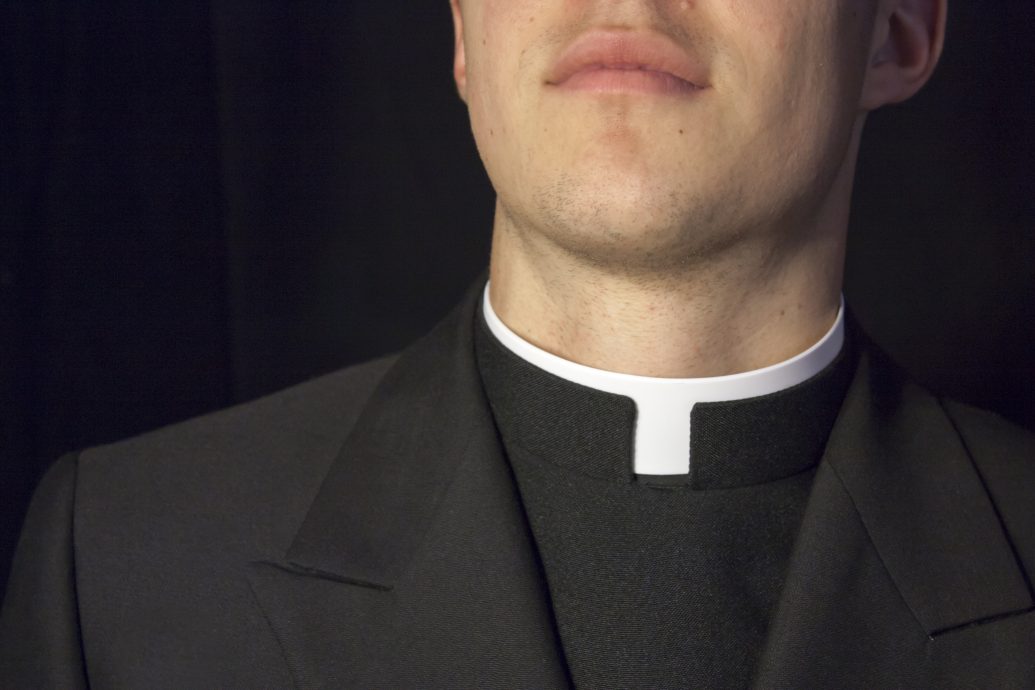What the Church’s hierarchy has lacked is not the canonical mechanisms necessary for dealing with abuse, but a zeal for justice.
Abuse Under the Collar: A Law and Liberty Symposium on the Catholic Church's Crisis
So much has been written on the sex abuse crisis gripping the Catholic Church on a worldwide basis with ongoing revelations, old and new, pouring forth. Things have been brought to a fine point in this country with the realization that one of the highest officials in the Church in America, a man formerly known as Cardinal Archbishop Theodore McCarrick of Washington D.C., was placed in his position despite widespread knowledge among priests, bishops, and key officials in the Vatican that he was a sex predator. And then the Pennsylvania Attorney General Report on sex abuses committed by priests in virtually every diocese in that state for over seven decades was released. It is horrid reading.
For such corruption and evil inside a powerful and enigmatic institution, there inevitably comes an array of public legal consequences. That so much of the horror show was covered up by bishops should lead to additional government investigations of the Church in this country. Many dioceses will come under public scrutiny. Is there another thundering shoe to drop? Will judges, as perhaps they should, lift the statute of limitations on abuse suits against the Church? If that happens on a regular basis the Church will find itself much reduced in every material condition, and will likely become a despised institution.
For all of these reasons and more, we have put together a symposium by Paul Seaton, Richard Garnett, and Ed Condon to think about the legal, institutional, and reform issues the Catholic Church’s abuses puts to the law and to itself.
Paul Seaton – The Archbishop and the Pope
To begin with the obvious is a good place to start. In this case it is also quite dramatic. Archbishop Viganò’s recent J’accuse of the Pope and many high-up church men is not just another salvo in the ongoing civil war in the Catholic church, it changes the battlefield in a dramatic way. Its impact was immediately felt, while its full impact and significance remain to be seen, as responses and reactions unfold. Such is the nature of history with human agency involved. Since it is a battlefield with armed camps and live-fire, there will be casualties, including reputations and, to some extent, truth, and smoke aplenty. In the fog of battle, it helps to have some understanding of the state of the Church and who the combatants are.
Richard W. Garnett – The Catholic Church’s Accountability and Autonomy
[T]he recent horrifying and heartbreaking revelations, reports, and rumors of sexual abuse in the Catholic Church have supplied additional evidence that, reasonable people could well conclude, cuts against my positions. As Damon Linker put it, writing in The Week, the “monstrous, grotesque ugliness” of alleged and confirmed abuses reveals the Catholic Church “as a repulsive institution.” Respecting the rights of the “repulsive” is, for all of us, a challenge.
Ed Condon – Flouting the Canon Law, Once More
The recent series of scandals to engulf the Church in the United States, first around Archbishop Theodore McCarrick and then following the publication of the Pennsylvania grand jury report, have left the hierarchy in a difficult position. On the one hand, the evidence seems to be that previous reforms are working, albeit with now obvious gaps in its applicability—most notably for addressing allegations made against bishops. On the other, the presence of so many unresolved cases, even if they are historical, in many dioceses suggests a continued reticence to go “looking for trouble” in one’s own filing cabinet.


